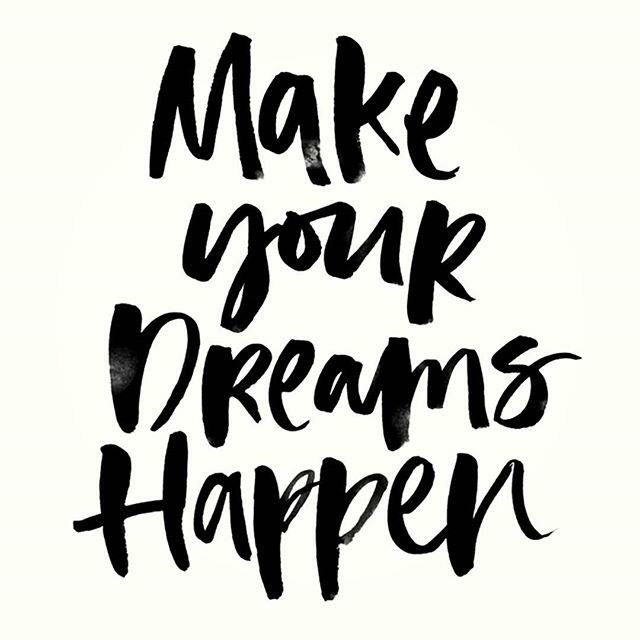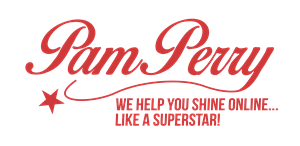
Your end-of-year inbox is probably crammed with tips for New Year’s goal-setting. Many are feel-good, rah-rah types of messages which are fun to read, but about as helpful as the endless “inspirational” infographics that flood your social media feeds. And many are so generic, they were probably copied from mainstream magazines—the sort that make you dissatisfied with your life while you’re reading articles showcasing the perfect life. But 2020 has been far from perfect. But thank God a vaccine is on the way for COVID-19!
Time to think ahead. Time to dream again.
Goals that are most fun to set usually possess two golden qualities: They are attainable… yet stretch you out of your comfort zone. And they should always be in alignment with your most important values.
They also offer you one priceless benefit: Each goal advances you a step further towards attaining your dream lifestyle and business.
So why do most people suck at goal-setting and goal-keeping?
The answer lies in your personality…
Step 1: Determine Your Goal-Setting Persona
There are three types of people, when it comes to goal-setting. You might find a clue to which type you are in the way goal-setting makes you feel.
- You are excited about setting new goals… but you become easily distracted—and discouraged
- Your stomach knots up into a dismal little lump of cold gravy when you try to set a goal. You put it off till later.
- You have iron self-discipline. You set goals, and although it’s not easy for you to keep walking the straight and narrow towards them, reminding yourself of the benefits you will reap, if you stay true to your path, helps you achieve them.
Since you are reading this guide, chances are you fall somewhere within categories one and two like most people. But here’s a thought that might bring a sigh of relief no matter what goal-setting type you are: Goal-setting ought to be fun. So why isn’t it? Why is it, at best, a chore, and at its worst, wishful thinking—the sort that leaves you feeling defeated in short order?
That comes because of a misconception: That your goal is the end-point of your journey. Very often, what we view as “goals” are actually steps you need to take in order to reach a goal. If you separate your journey into steps, mini-goals and end goals, or destinations, each big goal feels smaller, more manageable and more attainable.
Steps can become goals in themselves—and achieving mini-goals along the way should be fully as satisfying as achieving your big main business goal for the year.
Here’s an important point to remember…
Steps and mini-goals are also by their nature more immediate—which leaves you less likely to procrastinate and put off starting your journey. Taking it one step at a time will make goal setting feel more rewarding as you complete each step.
But whether or not you prefer to think of goals as steps (or vice versa), the important factor to realize is that the goals we set for ourselves often tend to be black and white.
Human beings are not.
We are fluid little coracles adrift in the universe, tossed and tipped by many forces and factors over which we really have very little control. That is why “black-and-white” thinking rarely pays off. What is your persona?
Step 2: Go with the Flow
You’ve heard the phrase: “Go with the flow.” It actually signifies the absolute opposite end of being goal-oriented—allowing yourself to drift from one situation to another, with no rhythm or purpose.
That’s not good either.
But wait: A little fluidity makes anything work better. When you set goals, you need to be flexible, accommodating life changes but keeping your eye on the prize.
It’s not enough to identify what prize you’re aiming for: Imagination is key to creative goal setting. Allow yourself to dream, visualize and explore alternatives.
There can be sixteen different ways to cross a river, but you will find only a few—maybe even just one–that is easiest for you. “Going with the flow” means allowing yourself to experience flexible thinking—and always looking around for the one method that suits you and works for you more than others do.
While everyone else is busy telling each other which boat to step into, or arguing over the benefits of environmentally-friendly manual propulsion systems like rowing or paddling versus the speed of engine-powered propulsion, you sit down beside the river with your cup of coffee and look about you at the bright morning.
You notice there’s a footbridge over the river, just under that stand of willow trees.
While all your peers are discovering there’s no gas in their tanks, or reading manuals, or knocking themselves flat trying to row when they are seriously out of shape, you stroll across the bridge, stopping to admire the view half-way over as you finish your coffee.
You reach the other side easily, not even out of breath.
And you are off to meet your next goal.
Moral: If something is really too hard, that can be a big a clue it’s not right for you. Don’t knock yourself flat trying to master it. Look for creative or drop-dead-easy ways to attain what you want to attain or a way to go round it.
Look for the alternative that no one else is seeing.
Sometimes, the right solution for you can turn out to be breathtakingly simple.
Think back on situations where you’ve accomplished something amazing in your life or business. Did you take the established path or find your own way? How did you feel about your results?

Step 3: Dream the Big Dream
We plod wearily towards the “right” goals for business. But what if you were to let your preconceptions go for a day, and spend your time exploring what it is you really want out of life?
To create an ultimate goal—your dream lifestyle—you need to identify and choose the best “big dream” for you.
Let’s try the “What if…” game.
Imagine you have no limits to what you can:
- Spend
- Do
- Achieve
- Attempt
Imagine you have perfect health.
Now imagine you are the perfect age.
What perfect age ARE you?
Put serious thought into this. What age were you the happiest? What age would you like to be forever? What age bracket would you like to redo, with what you know now?
Most of us would like to be a younger age but perhaps retaining wisdom we’ve earned over a lifetime. But then again, some people immediately visualize themselves at ten years old, winning horse show classes on their dream pony and wishing they could stay in that moment. Others want to retreat to the wonderful world of being a preschooler, when everything was safe and happy and simple. Others want to go back and experience the wild youth they never had because they married too young and had a family straight away. Others missed out on having children, and would love to be twenty-five and expecting a first child.
If you let your emotions answer, after first dreaming you have no limits and you are in perfect health, you may surprise yourself with the answer.
Obviously no one can go back and be six years old, for example. The reality would be abdicating control of our lives to someone else and having very little power. But if you stay with that vision of your perfect age bracket and explore it further, you can identify what it is about that age that symbolizes perfect happiness to you.
For example, one online entrepreneur revisited her pre-school days by changing her rather dry online art lessons to helping people “reconnect to their inner child” by teaching them how to paint intuitively. It was a small shift—but it gave her business meaning and joy when her mission changed.
Another online entrepreneur wanted to be ten forever and ride ponies all day long. She did so by outsourcing almost everything and spending most of her days at the barn with her horse. Creating that time (and the leisure to enjoy it) became her major goal: “Make $700,000 a year” was what she needed to achieve to enjoy that lifestyle: It wasn’t the goal itself! And as soon as she understood that the lifestyle was her goal, she redoubled her already-impressive efforts.
So take the time, right now, to do the following exercise…
My Dream Lifestyle
- What does your dream lifestyle look like? Describe it
- What steps do you have to take to make it happen?
- How much do you need to make a year? $______________________________________
- How much do you need to make per month? $__________________________________
- Can you do it alone? _______________________________________________________
- Name three things you need to drop from your life?
________________________________________________________________________
- Name the most important thing you need to add to your life
To Get More tips like this … get this directional workbook and guide in the ReadySetGoSpeak.com membership community.
